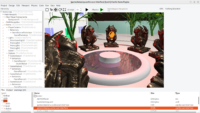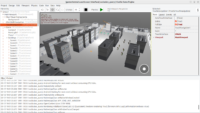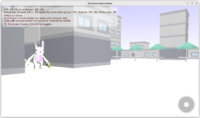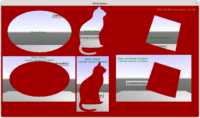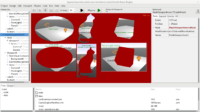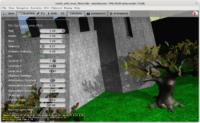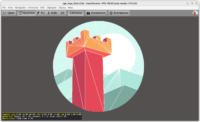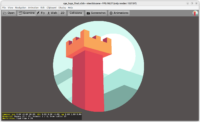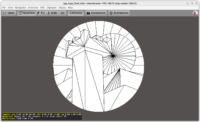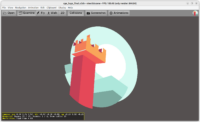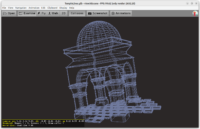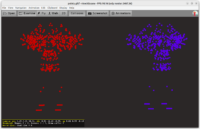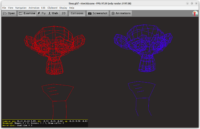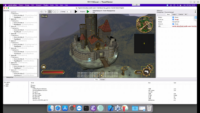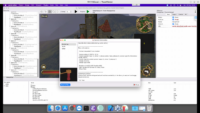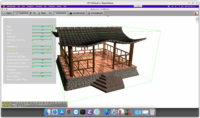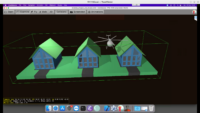I have a lot of pending news from recent engine developments (big refactor to rendering, lots of OpenGLES improvements, Tiled improvements) but for today, the most important thing:
Join Embarcadero DelphiCon 2023, an event celebrating 28 Years of Delphi, and listen to our talk “Getting Physical in Your Games with Castle Game Engine” on Thursday (February 16, 2:00 PM in Central Standard Time). As always be careful to recalculate timezones, personally I found it easiest to register and then add particular event to the calendar by clicking on the appropriate link, and then I can let my calendar software do all timezone calculations 🙂
You can also just watch the event on Embarcadero YouTube, they stream it live.
My talk focuses on new features coming in 7.0-alpha.3, with a special emphasis on physics. I spend a significant part of this talk doing funny things with physics :), there is also a nice overview of CGE usage for 3D in general, I also fall in love with a particular sound effect. My talk is prerecorded this time, and as such I can already spoil that it was impossible to fit everything into my 1-hour slot, and I will be releasing some “bonus” videos afterwards, if you can’t get enough of my rambling and will want more after DelphiCon 🙂
And while I show there everything in Delphi, since it’s DelphiCon, it is really all the same if you’re an FPC/Lazarus user!
My talk description:
Castle Game Engine is an open-source cross-platform 3D and 2D game engine. We’re aiming at a huge engine release “7.0” shortly after Delphicon 2023. As such, I’d like to show the latest juicy stuff we’ve been working on: physics, shadows, rendering huge maps, using engine as part of VCL or FMX form. The session will start with an introduction to using the engine with Delphi. Everyone interested in making games using Delphi is welcome!
